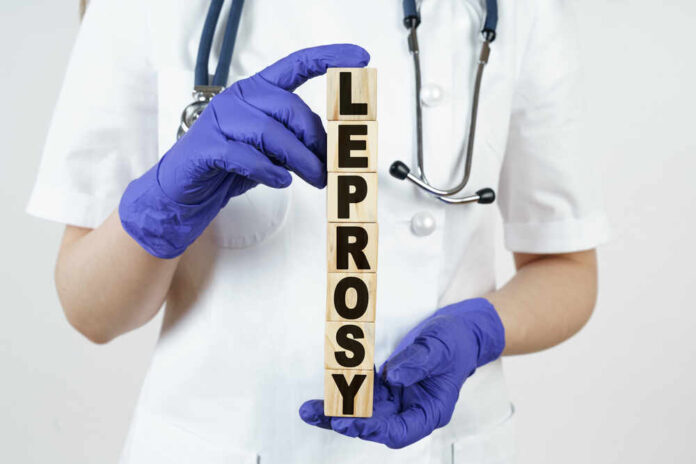
Leprosy cases have suddenly begun rising in central Floria, with little indication of where it is coming from or why the rates are rising. An analysis in the Centers for Disease Control and Prevention’s Emerging Infectious Diseases journal stated that the disease could be endemic to the region.
The journal authors said that the state of Florida has “witnessed an increased incidence of leprosy cases lacking traditional risk factors.” Trends have contributed to the “rising evidence that leprosy has become endemic in the southeastern U.S.”
Leprosy cases in the U.S. are not necessarily common, and only 159 cases were reported in 2020. However, the Emerging Infectious Diseases journal results found that Central Florida accounted for most of those cases. Leprosy is caused by a slow-growing bacteria called Mycobacterium leprae.
Leprosy could now be endemic to Central Florida, researchers say. Here’s what to know https://t.co/d4Cdi65Y1P
— Miami Herald (@MiamiHerald) August 2, 2023
An outstanding 81% of cases reported in the state originated in central Florida. Around 34% of new patients between 2015-2020 seemed to have contracted the disease locally. While leprosy has been historically uncommon in the U.S., incidences peaked around 1983 and dropped significantly between the 1980s and 2000s. Since then, reports have suggested a gradual increase.
The slow-spreading disease, compounded by its rarity within the United States, has hindered efforts to stop the spread of the disease. Some doctors, even local, state that they aren’t too concerned with the leprosy outbreak. Biopsies are necessary to diagnose the condition.
The CDC report stated that physicians can help identify and reduce the spread of the disease by reporting cases and supporting efforts to identify transmission routes. Treating the condition is possible, typically using three medications; dapsone, rifampicin and clofazimine.
Leprosy, or Hansen’s disease, is a chronic infectious disease that predominantly affects a patient’s skin and peripheral nervous system. The disease spreads through extended exposure or close contact with an untreated individual. The only way to tell if you have leprosy is to get a biopsy from your doctor.
Symptoms of leprosy include discolored patches of skin, thick or dry skin, growths on the skin, loss of eyebrows and eyelashes, muscle weakness and the enlargement of nerves. When left untreated, severe symptoms can result in blindness, ulcers on the bottom of the feet, and paralysis of hands and feet.
The World Health Organization revealed that medical officials report over 200,000 cases of leprosy every year in over 120 countries. The CDC reports that around 150 individuals are infected with leprosy in the U.S. annually.














